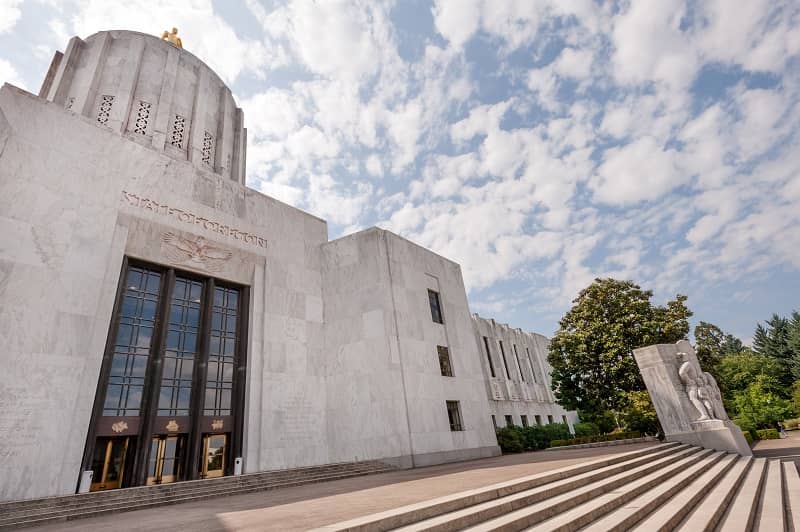By Kathryn Hickok
As K-12 students return to school, about four-fifths of them will attend district public schools. However, recent polling by EdChoice (a nonpartisan organization that conducts research on educational choice programs) shows that only 29% of parents say their zoned public school would be their first choice, and about one in four parents say parental choice is one of their top three K-12 education issues.
Families increasingly want the ability to choose schools and education resources that best meet their children’s academic and developmental needs. Here are three ways Oregon can expand options for K-12 students and parents:
- EdChoice reports that 11% of parents polled would prefer a charter school. Raising Oregon’s cap on charter enrollment would allow successful charter schools to meet student demand.
- Thirteen percent of parents said they would prefer to send their children to a public school outside the district where they live. Expanding district transfer policies would create incentives for schools to respond to families’ needs and reward public schools that achieve better outcomes.
- Education Savings Account programs receive broad support in polling. Enacting an ESA program would allow parents to use state-level funding allocated for their children’s education to pay for the schools or services that best meet their learning needs.
Seven states now offer universal or near-universal school choice programs. These states provide legislative models that states like Oregon can follow to help children everywhere find their best paths to educational success.
Kathryn Hickok is Executive Vice President at Cascade Policy Institute, Oregon’s free market public policy research organization, and Director of Cascade’s Children’s Scholarship Fund-Oregon program.












